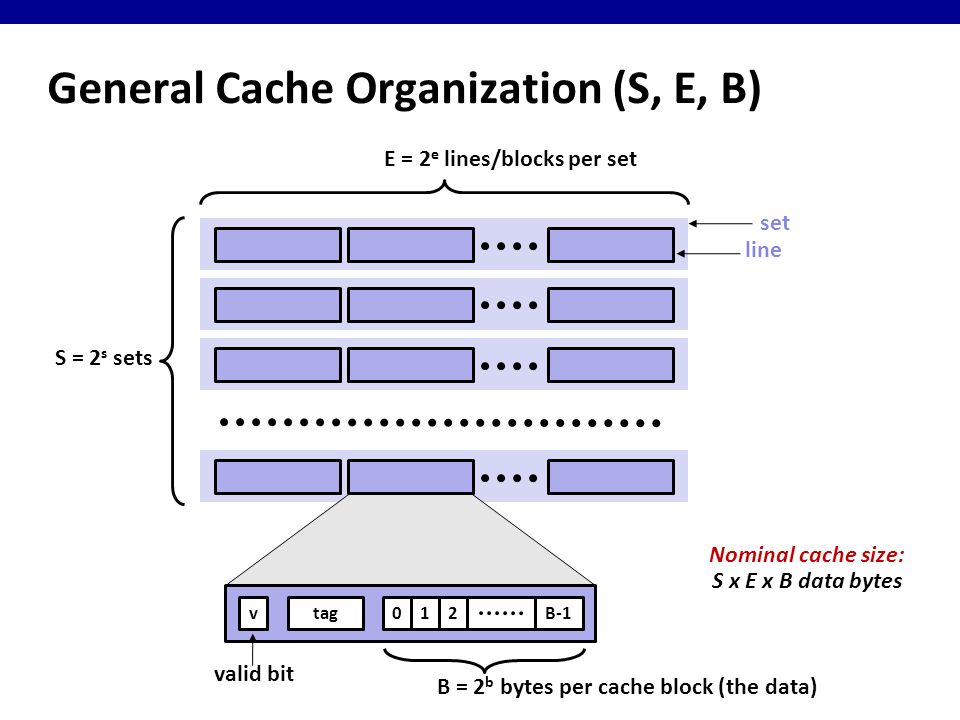Last Saturday, I woke up at 06:00 AM (about 30 minutes later than I normally wake up on weekdays) and slipped into a striped, cotton t-shirt that my sister bought from target for my last birthday and my favorite knee length corduroy shorts, dressing myself in preparation for a 2 mile, dog friendly run in Tacoma, a city 45 miles south of where I live in North Seattle. I found this event advertised in the pet connection magazine, a free and well circulated newspaper that’s often laying around in the local coffee shops and I decided that, since my wife was gone for the weekend on a women’s retreat, me and our two dogs would kick start the morning off with some exercise.

In addition to the 2 mile run, the event included exclusive access to a city owned swimming pool that was opened up for pet dogs. The pool was to be drained and emptied out since summer was coming to an end, so the parks and recreations center decided to allow, for a small fee, owners to bring their dogs in for a swim.
So after getting dressed, I loaded the two dogs in the trunk of my ford escape, fired up the engine, popped the address of the parks and recreation center into Google Maps and then hopped on the I-5 freeway. I had left the house an hour and a half before the event started, leaving myself 45 minutes of buffer; I did this for two reasons: I hate being late and I almost always get lost despite having directions. And good thing I did, because the latter proved true once again, because when I arrived at the destination that I had initially keyed into Google Maps, I found myself pulling the car into an empty parking lot, a clear sign that I was in the wrong place. While idling in the parking lot, I opened up my phone’s browser and began typing away, searching for the correct address. Eventually I landed on the event website, which had the address plastered across the front page. So I took this new address and proceed to hop back on the freeway.
After driving 10 minutes back in the direction I came from, I eventually made it to the right location. I was certain I was in the right place this time but not only was the parking lot packed like a can of sardines, but when the drivers (dressed in running clothes) opened up either the doors of the backseats or trunks, their dogs would leap out.
Now that I was in the right place, I harnessed Metric and Mushroom, and the three of us sauntered over to the center of the park that was bustling with people and dogs, finalizing my registration under registration canopy and then pinning my micro-chipped racing tag to my chest. I then stepped over to the next canopy, where grocery sized bags, filled with goodies sponsored by Mud Bay, were laid out in rows along a table. I grabbed two bags, one for each dog, and then returned to my parked car, where I locked all my belongings (e.g. phone, wallet) into the glove compartment. With my pockets empty and with the two dogs amped up, ready to go, I proceeded to the starting line.

A crowd of us runners and our dogs huddled around the starting line, where the event coordinator, a tall man with the voice of a lion, was making some announcements, primarily house keeping items like thanking the sponsors of the event and directions on how to navigate the course. While he wrapped up his speech, I snaked my way to the front of the line, a leash gripped in either hand. After his final announcements, he announced that the race was beginning and counted down, ending with “Go!”
And we were off.
I began jogging at a reasonable pace, a pace of about 9 minutes per mile. But after the first mile, Metric and Mushroom were no longer bolting in front of me. Initially, they were galloping like horses, practically dragging me to the front of the race. But they slowly began to run out of steam, their tongues flopping to the side of their mouth, panting louder with every step. And even though I wanted to power through and maintain my position in third place, I decided (after realizing that I was damn happy that the dogs were healthy enough to run this race with me) to reduce my jog down to a walk, stopping at the next check point, where bowls of water were laid out for the dogs. Metric and Mushroom practically slurped up the entire bowl.
We ended up finishing in 4th place, both dogs completely drained and ready for their nap. But as soon as I walked them over to the swimming pool, they were suddenly filled with energy, as if they didn’t just run 2 miles. I unleashed them from their harnesses and the two of them dashed into the water, spending the next hour paddling in the pool, constantly fixing their gaze at me, their way of signalling me to toss a tennis ball for them to fetch.
I really enjoyed the event—running 2 miles and letting the dogs to swim—and will definitely return to Tacoma next year for round two.






